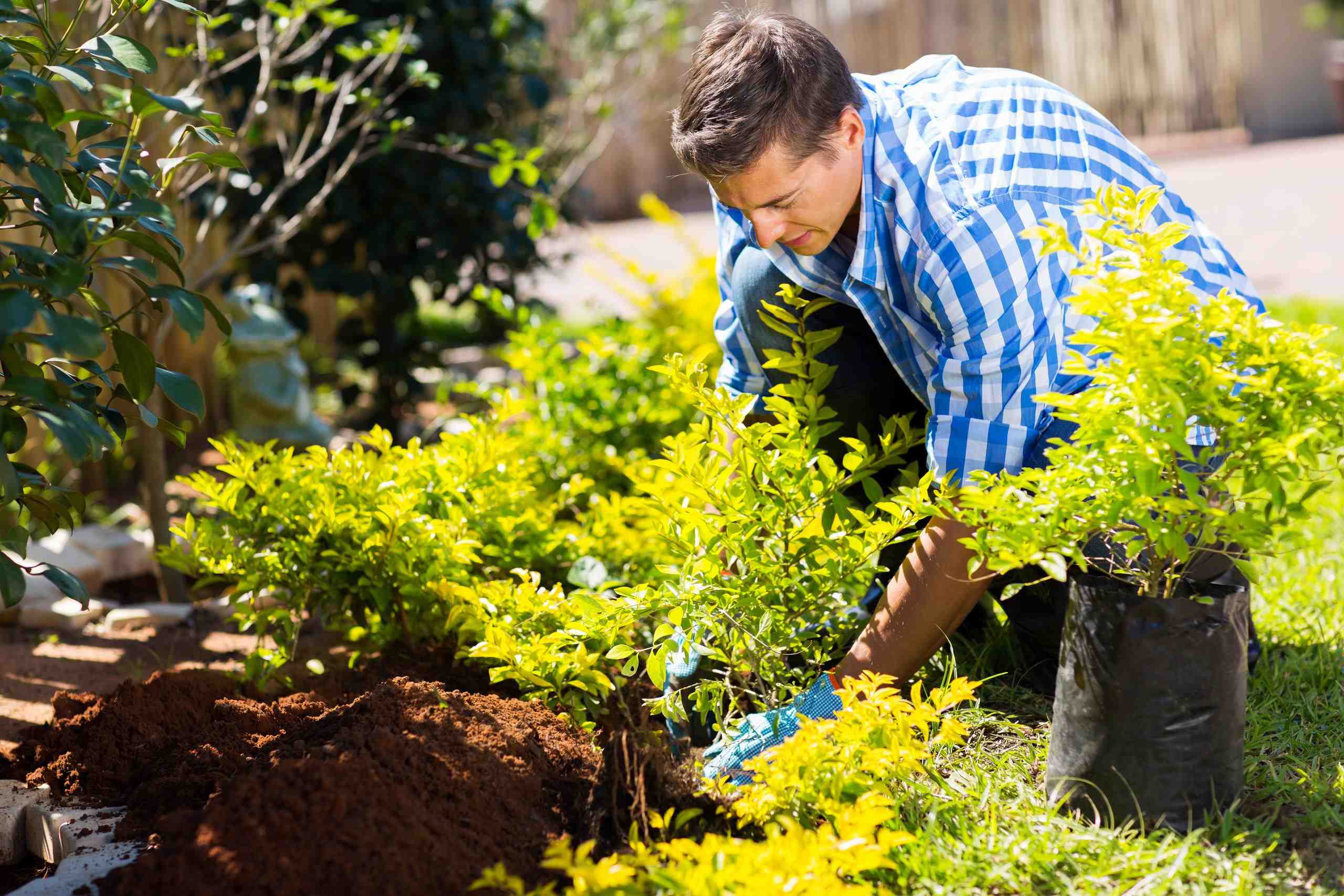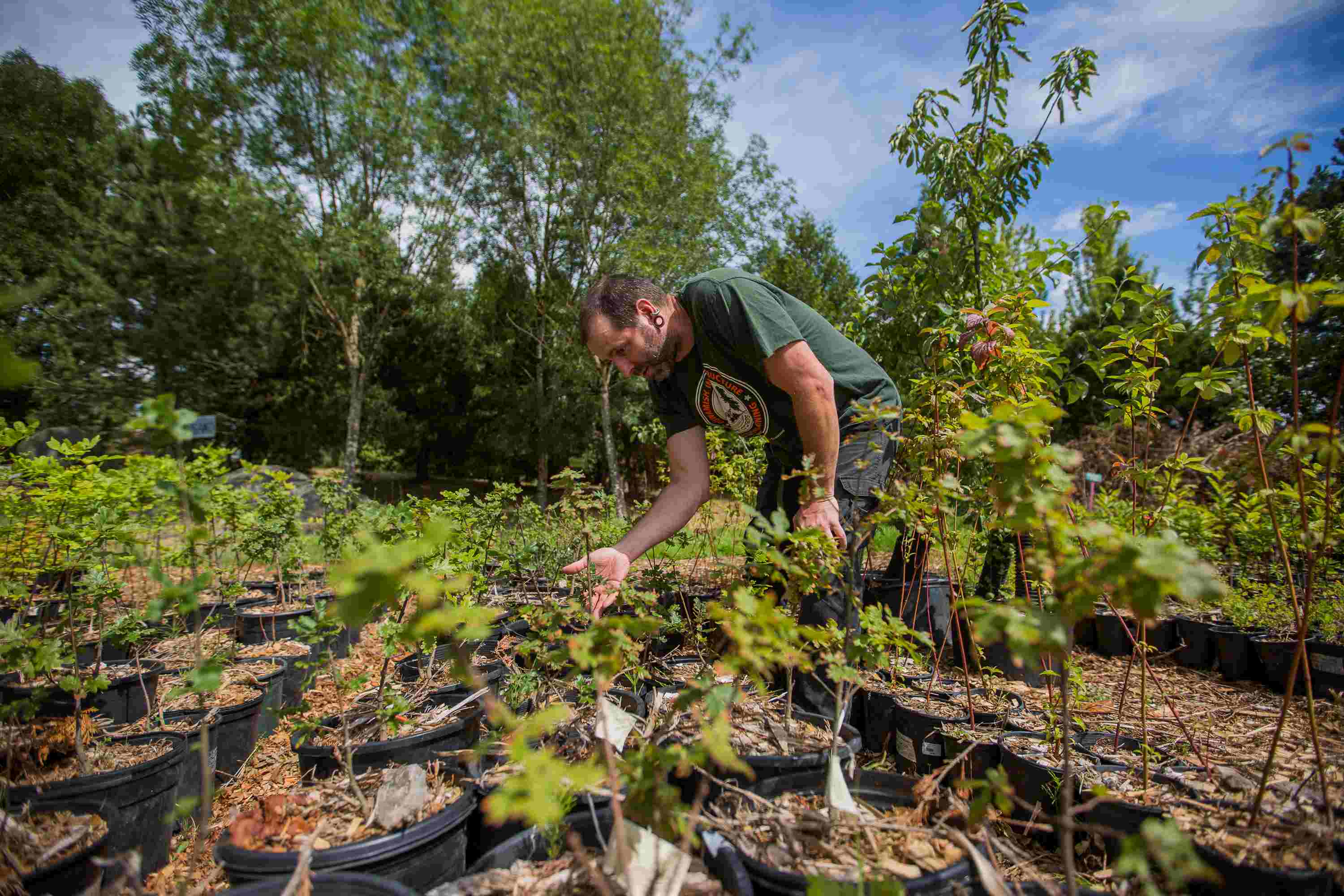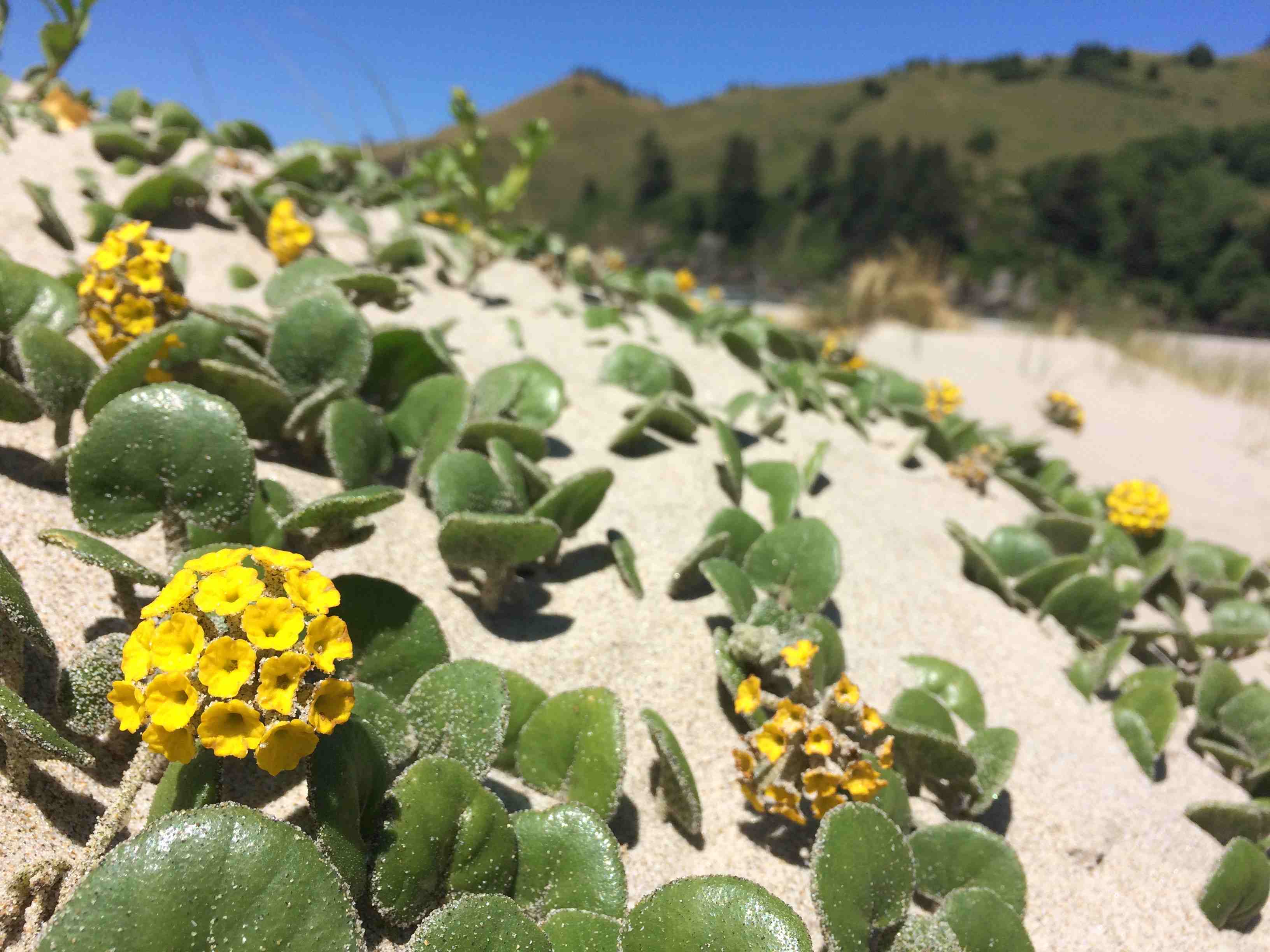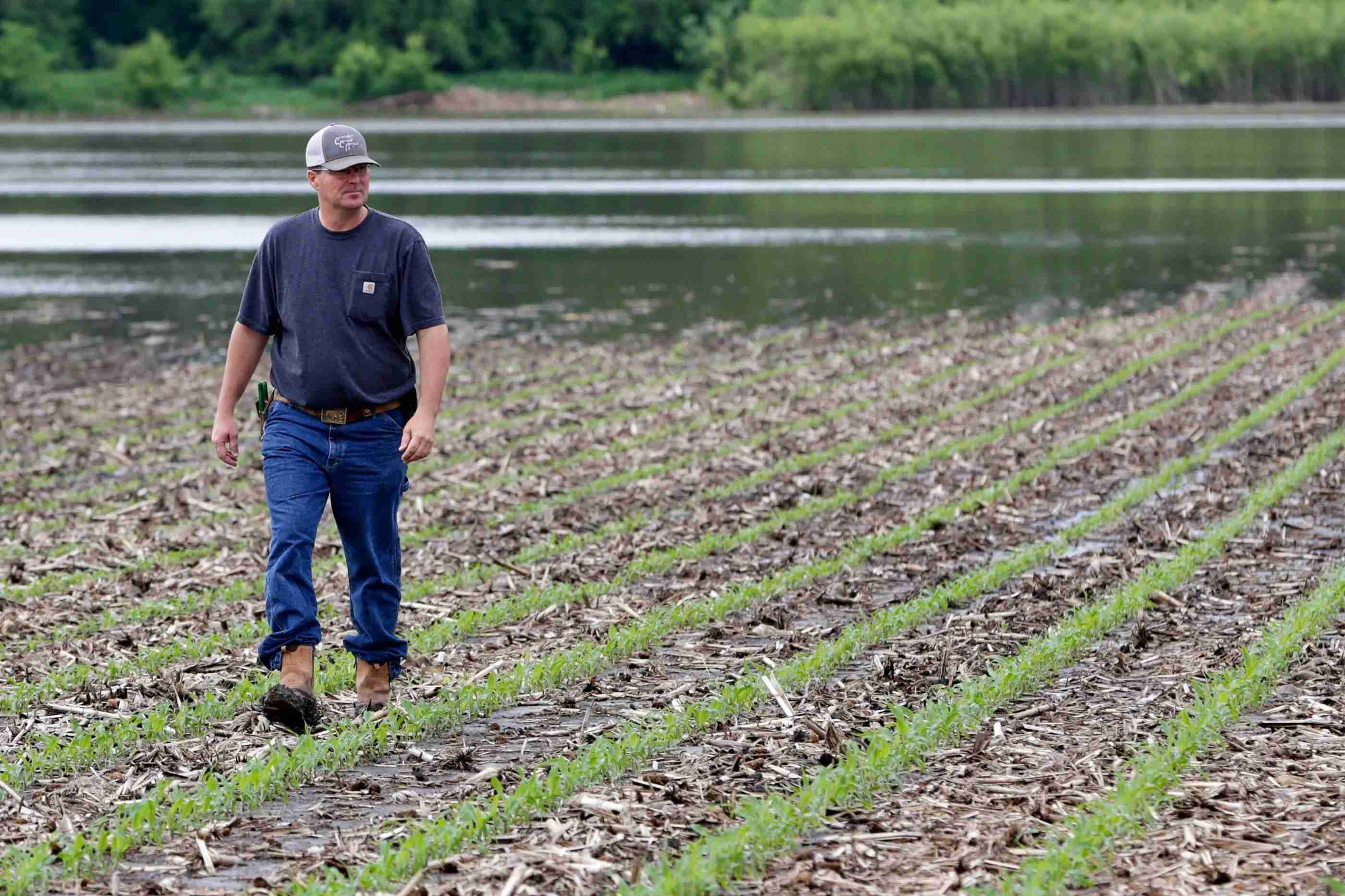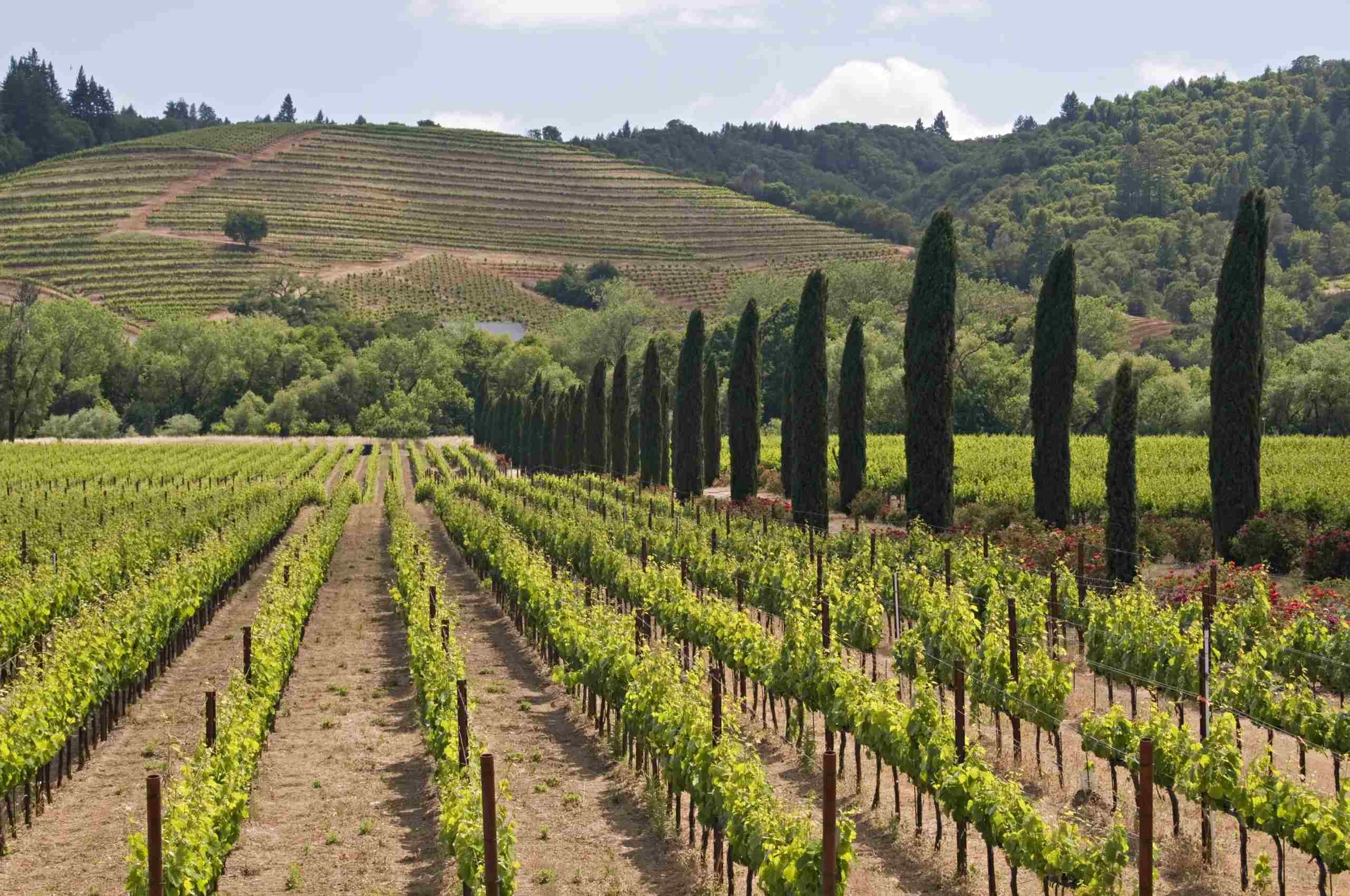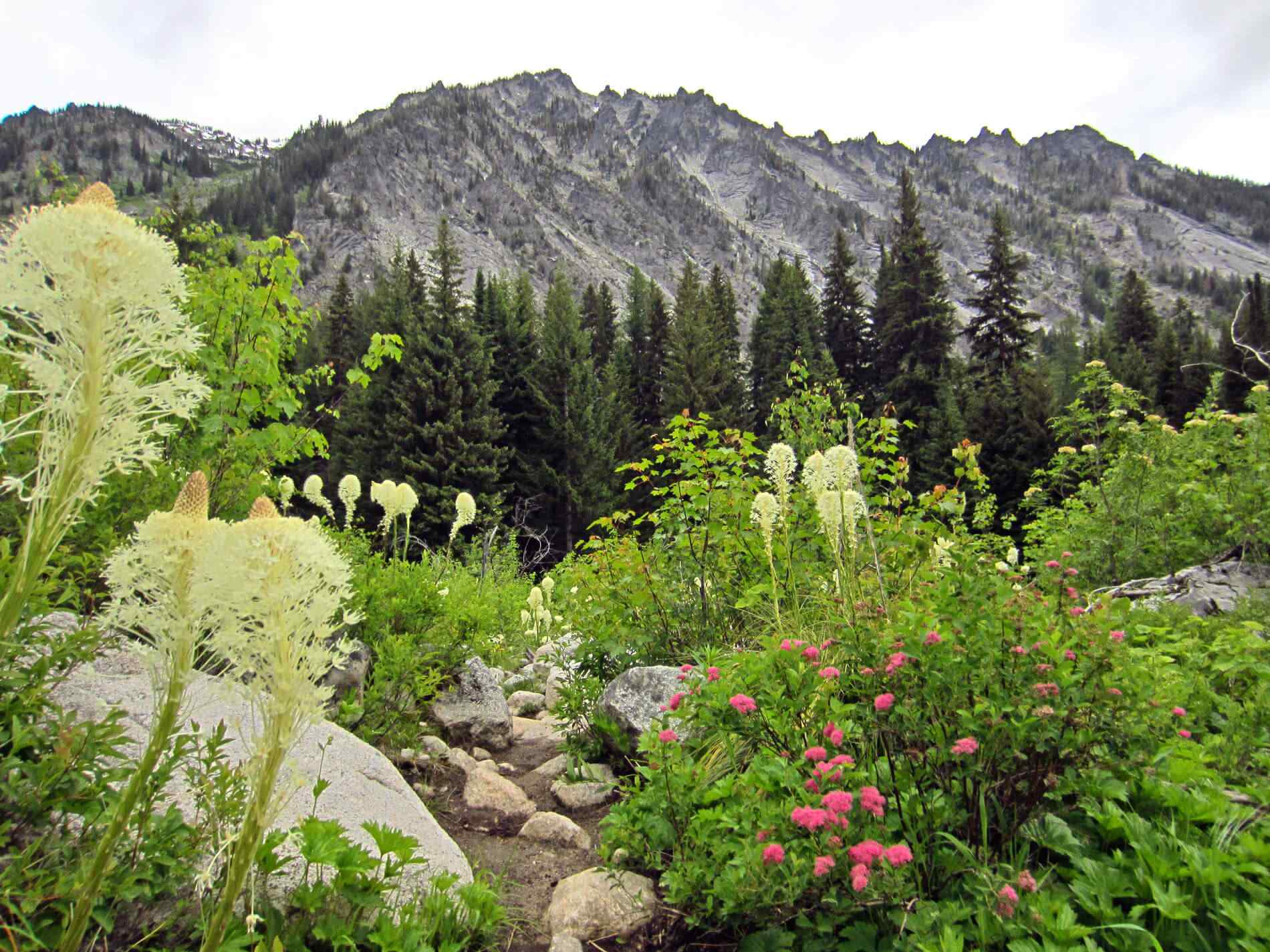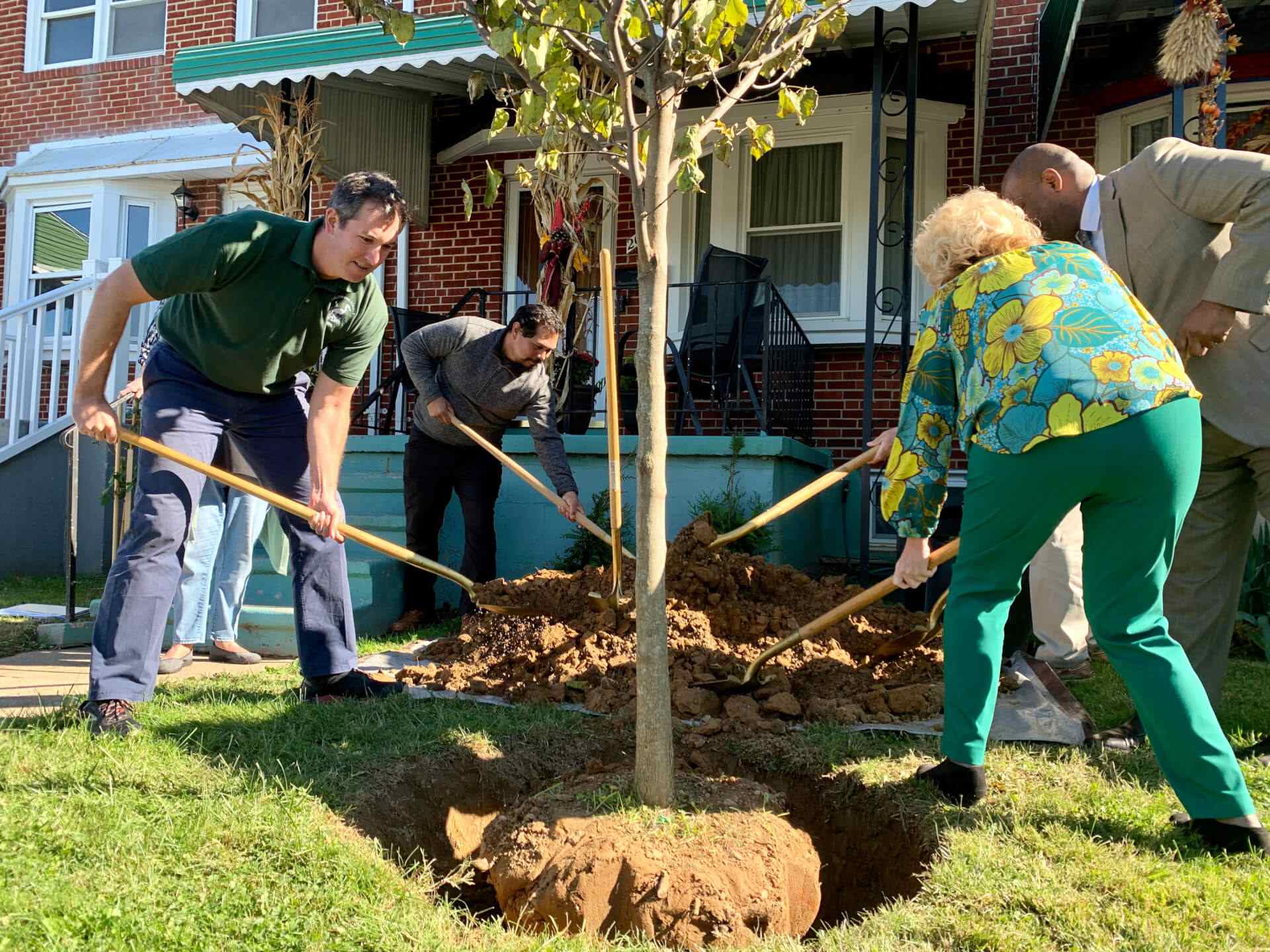Home>Gardening Basics>Understanding Soil>What Planting Zone Is Kentucky
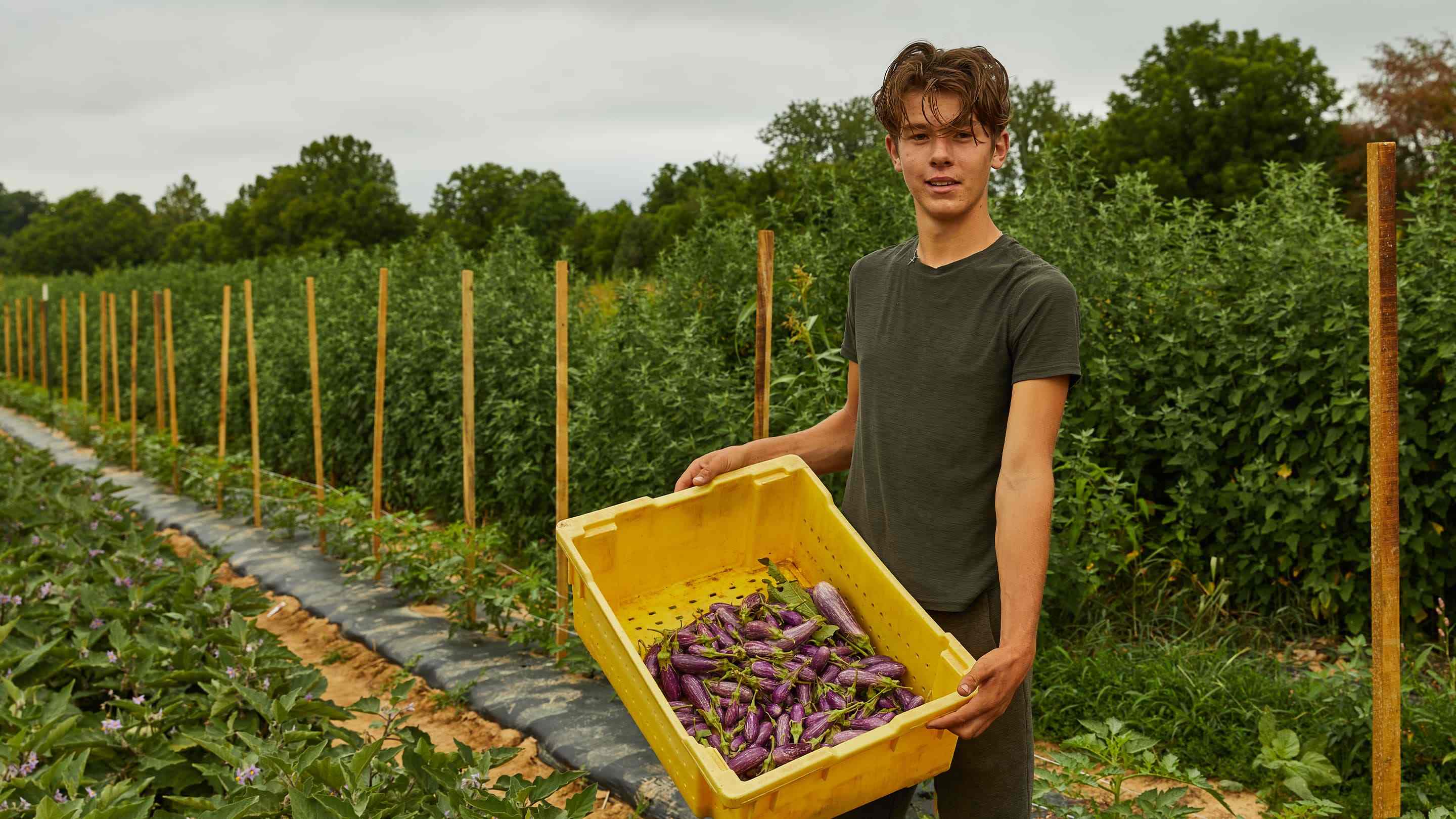

Understanding Soil
What Planting Zone Is Kentucky
Modified: January 22, 2024
Find out the planting zone for Kentucky and understand how soil conditions impact gardening. Enhance your gardening skills by learning about soil composition and nutrients.
(Many of the links in this article redirect to a specific reviewed product. Your purchase of these products through affiliate links helps to generate commission for Chicagolandgardening.com, at no extra cost. Learn more)
Table of Contents
Introduction
When it comes to gardening and landscaping, one important factor that cannot be overlooked is the understanding of planting zones. These zones provide valuable information about the climate and environmental conditions of a specific region, helping gardeners make informed decisions about the types of plants that will thrive in their area. By understanding the planting zone of your location, you can ensure the success of your garden and create a beautiful outdoor space.
Planting zones are geographical areas that have similar temperature ranges and growing seasons. They are determined by various factors such as climate, average winter temperatures, and frost dates. These zones provide a framework for gardeners to choose plants that are best suited for their specific region.
In this article, we will explore the factors that determine planting zones and delve into the specific planting zone of Kentucky. We will also provide insights on suitable plants for this zone and offer tips for successful gardening in Kentucky’s unique climate.
Whether you are an experienced gardener or just starting out, understanding your planting zone is essential for achieving gardening success. So, let’s dig deeper into the world of planting zones and discover what makes Kentucky’s planting zone unique.
Understanding Planting Zones
Planting zones, also known as hardiness zones, were developed as a way to categorize and map the climate conditions of different regions. The United States Department of Agriculture (USDA) created the first official hardiness zone map in the 1960s and has since been updated to reflect changes in climate patterns.
These zones are defined by the average minimum temperature that a region experiences in the winter months. The lower the zone number, the colder the average winter temperatures are in that area. The USDA hardiness zone map divides the United States into 13 different zones, ranging from zone 1 (coldest) to zone 13 (warmest).
Understanding your planting zone is crucial because it helps determine which plants are suitable for your area. Different plants have different temperature requirements for optimal growth and survival. By selecting plants that are within your zone’s temperature range, you increase the chances of successful growth and longevity of your garden.
It is important to note that planting zones are just one factor to consider when choosing plants for your garden. Other factors such as sunlight exposure, soil type, and moisture levels should also be taken into account. However, planting zones provide a helpful starting point in narrowing down your plant choices and ensuring that you select species that have a higher chance of thriving in your specific climate.
In addition to the USDA hardiness zones, there are also regional and local planting zone maps that provide more specific information for certain areas. These maps take into consideration factors such as elevation, proximity to bodies of water, and microclimates within a region. Consulting these maps, along with the USDA hardiness zone map, can provide gardeners with even more detailed information to guide their plant selections.
Overall, understanding planting zones is essential for successful gardening. By knowing your zone, you can select plants that are well-suited to your region’s climate and have a higher chance of thriving in your garden. So, let’s explore the factors that determine planting zones and delve into the specific planting zone of Kentucky.
Factors that Determine Planting Zones
Several factors come into play when determining the specific planting zone of a particular area. These factors help identify the unique climate conditions that plants will experience in that region. Understanding these factors is crucial for selecting the right plants and ensuring their success in your garden.
1. Average Winter Temperatures: The primary factor in determining planting zones is the average minimum temperature during the winter months. Areas with colder winter temperatures are assigned lower zone numbers, while areas with milder winters have higher zone numbers. This information helps gardeners understand the level of cold hardiness a plant needs to survive in a specific region.
2. Frost Dates: Another important consideration is the average date of the first and last frost in a region. Frost can cause damage to plants, so knowing the frost dates helps determine the length of the growing season and the types of plants that can be successfully grown.
3. Elevation: Higher elevations tend to have colder temperatures compared to lower elevations. As a result, areas at higher elevations may have lower planting zones. It’s essential to consider the elevation of your specific location when determining your planting zone.
4. Proximity to Bodies of Water: The presence of large bodies of water, such as lakes or oceans, can significantly influence the climate of an area. These bodies of water can moderate temperatures, making the nearby regions milder and potentially raising the planting zone.
5. Microclimates: Within a broader region, there can be smaller microclimates with slightly different temperature ranges. Factors such as slopes, buildings, vegetation, and proximity to urban areas can create microclimates that differ from the surrounding regions. It’s important to consider these microclimates when determining the specific conditions of your garden.
6. Climate Change: Climate change can have a significant impact on planting zones. As average temperatures rise, some planting zones may shift, affecting the types of plants that can be grown in those areas. It’s important to stay updated on the latest USDA hardiness zone map revisions and any local changes due to climate patterns.
By taking these factors into consideration, gardeners can more accurately determine the planting zone of their region. This information is invaluable in selecting the right plants and ensuring their success in the garden. Now, let’s explore the specific planting zone of Kentucky.
The Planting Zone of Kentucky
Kentucky is located in the southeastern region of the United States and is known for its diverse climate and fertile soil. The planting zone of Kentucky falls within USDA hardiness zones 6a to 7b, depending on the specific location within the state.
Zone 6a covers the northernmost parts of Kentucky, including cities like Covington and Newport. This zone is characterized by average minimum winter temperatures ranging from -10°F to -5°F (-23.3°C to -20.6°C). Zone 6b, which includes cities like Lexington and Louisville, has average minimum temperatures ranging from -5°F to 0°F (-20.6°C to -17.8°C). Zone 7a, which covers areas like Bowling Green and Paducah, experiences average minimum temperatures from 0°F to 5°F (-17.8°C to -15°C). Finally, zone 7b, which is the warmest zone in Kentucky, has average minimum temperatures ranging from 5°F to 10°F (-15°C to -12.2°C).
These planting zones help determine which plants are best suited for Kentucky’s climate. In zone 6a, cold-hardy plants like conifers, hollies, and forsythias thrive. In zone 6b, gardeners have a wider selection of plants, including roses, peonies, and various deciduous trees. In zone 7a, gardeners can grow a variety of perennials, including lavender, salvia, and crepe myrtles. Zone 7b, being the warmest zone in Kentucky, allows for the cultivation of plants like citrus trees, figs, and certain palm varieties.
It is essential to note that within Kentucky, there can be variations in microclimates due to factors such as elevation, proximity to bodies of water, or urban heat island effect. These factors can influence the specific conditions within a garden, allowing for the possibility of growing plants that may not typically thrive in a particular zone.
By understanding the planting zone of Kentucky, gardeners can choose plants that are well-adapted to the region’s climate and have a higher chance of success. However, it’s important to consider other factors like soil type, sunlight exposure, and moisture levels when selecting plants for your specific garden location. Now, let’s move on to discussing suitable plants for Kentucky’s planting zone in the next section.
Suitable Plants for Kentucky’s Planting Zone
Kentucky’s unique climate, falling within USDA hardiness zones 6a to 7b, offers a wide range of plant options for gardeners. By choosing plants that are well-suited to the region’s conditions, gardeners can create stunning landscapes and thriving gardens. Here are some suitable plants for Kentucky’s planting zone:
- Shrubs and Trees: Some popular shrubs that thrive in Kentucky’s planting zone include azaleas, rhododendrons, and hydrangeas. For trees, options like dogwoods, redbuds, and ornamental maples are well-suited to the climate.
- Perennials: Perennials are plants that come back year after year, providing beauty and color to the garden. Kentucky gardeners can consider growing perennials such as black-eyed Susans, coneflowers, daylilies, and hostas.
- Vegetables and Herbs: Kentucky’s planting zone is suitable for growing a variety of vegetables and herbs. Crops like tomatoes, cucumbers, peppers, and beans can flourish in the warmer parts of the zone. Herbs like basil, thyme, and rosemary also do well in Kentucky’s climate.
- Annuals: Annual plants have a single growing season and need to be replanted each year. For Kentucky’s planting zone, consider colorful annuals like petunias, marigolds, zinnias, and impatiens to brighten up your garden beds and containers.
- Native Plants: Utilizing native plants in your garden helps support biodiversity and provides habitat for local wildlife. Some native plants that thrive in Kentucky’s planting zone include butterfly weed, purple coneflower, wild bergamot, and little bluestem grass.
It’s important to consider factors like soil type, sunlight exposure, and moisture levels when selecting plants. Some areas of Kentucky may have clay or sandy soils, while others may have loamy or well-draining soil. Understanding the specific conditions of your garden will help you choose plants that are well-suited to thrive in your particular location.
Additionally, proper plant care and maintenance are essential for the success of your garden. Regular watering, mulching, and fertilizing can help plants establish strong root systems and resist pests and diseases. Keeping an eye out for any specific needs or requirements of the plants you choose will contribute to their overall health and vitality.
By selecting the right plants for Kentucky’s planting zone and providing them with the care they need, you can create a vibrant and thriving garden that will bring joy and beauty to your outdoor space.
Tips for Gardening in Kentucky’s Planting Zone
Gardening in Kentucky’s planting zone can be a rewarding and enjoyable experience. However, it’s important to consider a few key tips to ensure success in your garden. Here are some tips to help you make the most of gardening in Kentucky’s unique climate:
- Know Your Frost Dates: Understanding the last and first frost dates in your area is crucial for planning your garden. It helps determine the appropriate timing for planting and ensures that your plants are not exposed to frost damage.
- Choose Resilient Plants: Select plants that are well-suited to Kentucky’s planting zone and its specific conditions. Choose varieties that are known for their tolerance to heat, humidity, and occasional cold snaps.
- Prepare the Soil: Ensure that your soil is well-draining and rich in organic matter. Amend your soil with compost or organic matter to improve its structure and fertility.
- Watering: Provide regular and consistent watering to establish strong root systems. Deep watering is preferable to shallow, frequent watering, as it encourages plants to develop deep, drought-tolerant roots.
- Mulching: Apply a thick layer of organic mulch around your plants to help retain moisture, suppress weeds, and regulate soil temperature. Mulching also adds organic matter to the soil as it breaks down.
- Pruning and Maintenance: Regularly prune your plants to remove dead or damaged branches and promote healthy growth. Stay on top of pest and disease control by monitoring your plants and taking appropriate action if necessary.
- Protecting from Extreme Temperatures: During periods of extreme cold or heat, protect your plants with the use of row covers, shade cloths, or other suitable methods. This helps shield them from harsh conditions and maintain optimal growing conditions.
- Consider Native and Drought-Tolerant Plants: Native plants are well-adapted to the local conditions and require less maintenance once established. Drought-tolerant plants can withstand periods of dry weather, reducing the need for excessive watering.
- Rotate Crops: If you are growing vegetables, practice crop rotation by changing the plant location each season. This helps prevent the buildup of pests and diseases in the soil and promotes healthier plants.
- Stay Informed: Stay updated on gardening resources and information specific to Kentucky’s planting zone. Local gardening associations, extension offices, and online sources can provide valuable tips and advice for successful gardening in your area.
By following these tips and staying attentive to the needs of your plants, you can create a thriving and beautiful garden in Kentucky’s planting zone. Gardening is a continuous learning journey, so don’t be afraid to experiment and adapt your techniques as you go. Enjoy the process and the rewards of gardening in the “Bluegrass State”!
Conclusion
Understanding the planting zone of your region is essential for successful gardening. In the case of Kentucky, its planting zone falls within USDA hardiness zones 6a to 7b, offering a diverse range of plants that can thrive in the state’s unique climate.
By considering factors like average winter temperatures, frost dates, elevation, and proximity to bodies of water, gardeners can determine the specific conditions of their planting zone. Armed with this knowledge, they can make informed decisions when selecting plants that are well-suited to their region’s climate.
Kentucky’s planting zone allows for the growth of various plants, including shrubs, trees, perennials, vegetables, herbs, and native species. However, it’s crucial to consider other factors like soil type, sunlight exposure, and moisture levels when choosing plants for a specific garden location.
To succeed in gardening in Kentucky’s planting zone, it’s important to follow some essential tips. These include knowing frost dates, selecting resilient plants, preparing the soil, proper watering and mulching, regular pruning and maintenance, and considering native and drought-tolerant plants.
Gardening is not just a hobby; it’s a way to connect with nature, to cultivate beauty, and to nurture life. By understanding your planting zone and following the right techniques, you can create a flourishing garden that brings joy and tranquility to your outdoor space.
So, whether you are a seasoned gardener or just starting out, embrace the challenges and rewards that come with gardening in Kentucky’s planting zone. Enjoy the process of learning, experimenting, and watching your garden grow into a vibrant oasis of color and life.
